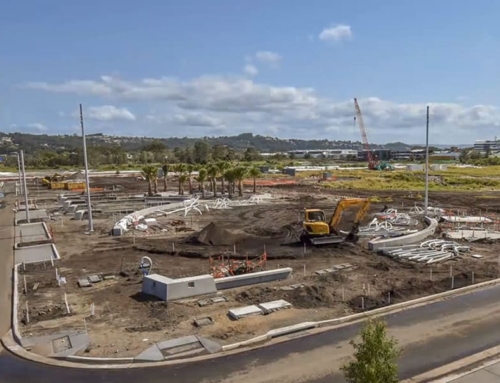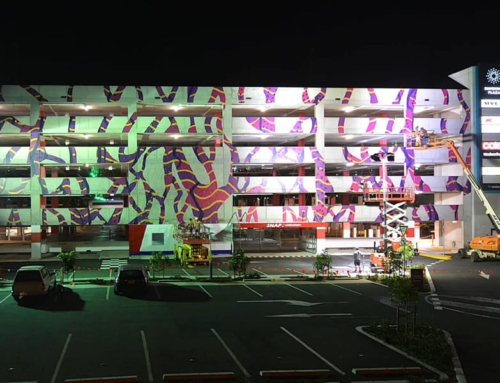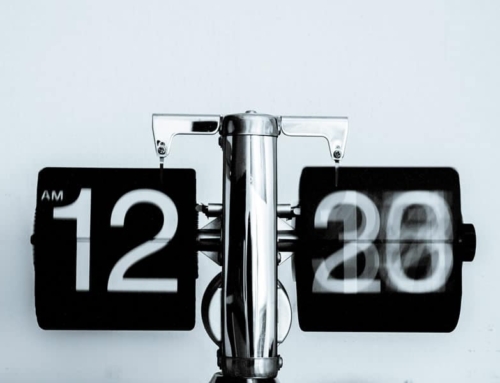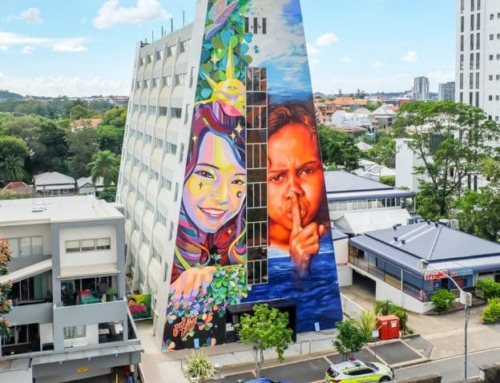
How does time-lapse photography actually work?
Time-lapse photography is a dynamic way of capturing a project or event, over a period of time and condensing the footage into a short video that can be used as an effective marketing tool.
The time-lapse process involves capturing many individual images taken at regular intervals over a period of time and compiling them into an engaging time-lapse video.
Normal video is also made up of single images as well, filmed at say 25 frames/sec or higher. But when played back at that rate it appears to the human eye to be continuous motion. With time-lapse photography, the capture rate is much slower with images taken in intervals of every few secs or mins. When the images are compiled together, and we now play it back at say 25 frames/sec we are effectively manipulating or speeding up time so an event that takes hours, days, months, and even years can be viewed in minutes.
Put another way:
Normal video: continuous footage captured at 25frames/sec for 1 hour
We are capturing 1 hour of change with 90,000 images.
Played back at the same rate of 25fps the footage takes 1 hr to view.
Time-lapse video: single images captured at say 1frame/minute for 1 hour
We are capturing 1 hour of change with 60 images.
Played back at the rate 25fps the footage takes 2.4sec to view.
The first use of time-lapse photography in a feature film was in Georges Méliès’ motion picture Carrefour De L’Opera (1897). However, the man who can be credited for the development of the form and its current popularity and modern use is in fact a banker, named Dr. John Ott, in the 1930s.
Time-lapse photography has also been instrumental in allowing us to see some of the most influential structures and buildings being constructed. The full stories of construction can only be properly seen when the entire process, from start to completion is time-lapsed. What you’re seeing when you watch one of those videos is effectively a piece of history being made.
For time-lapse examples go to our Time-lapse Photography page.





